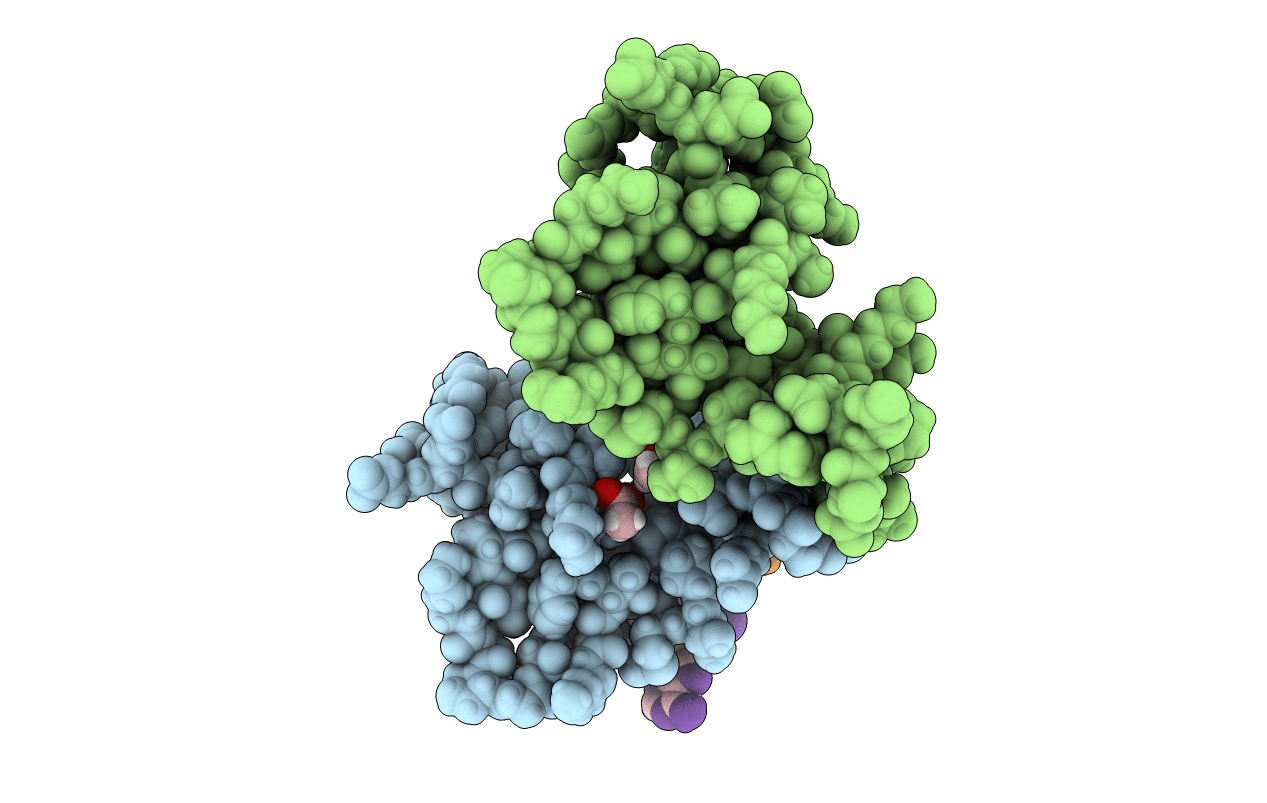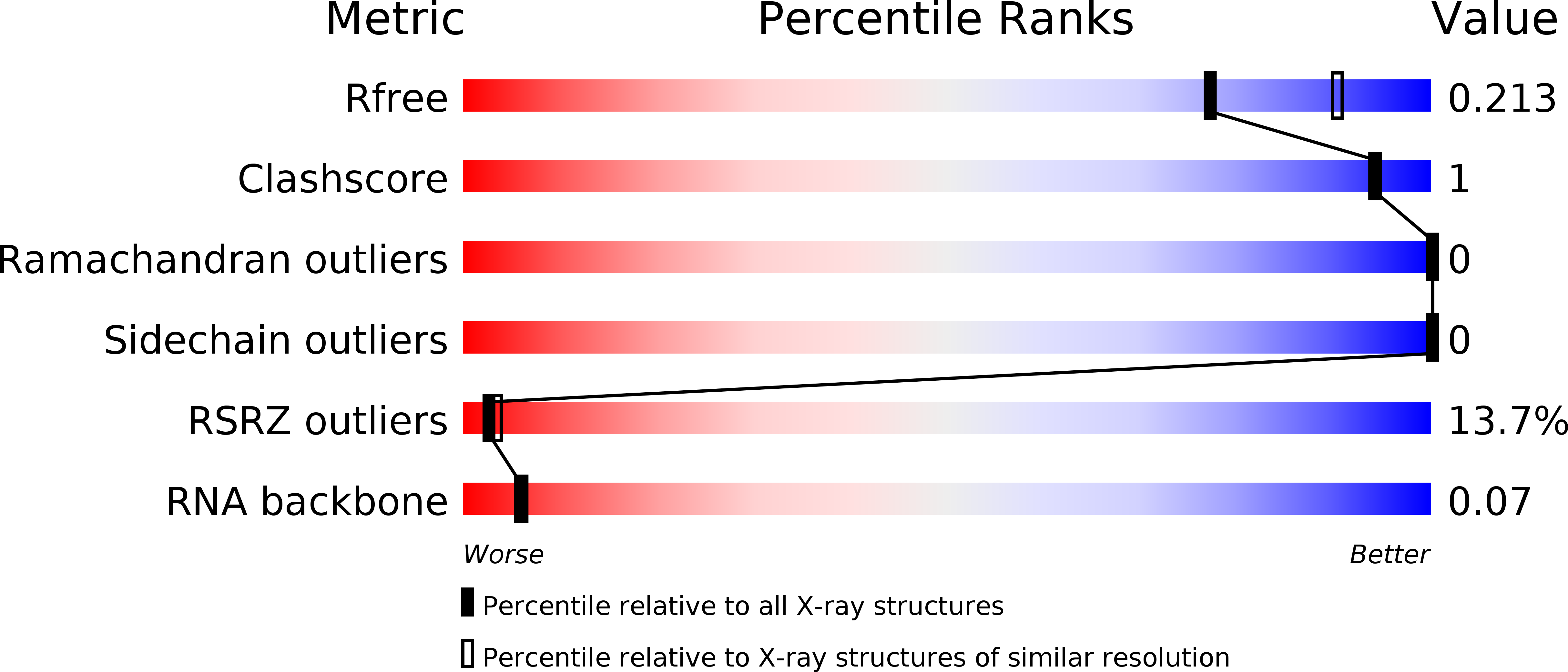
Deposition Date
2013-07-04
Release Date
2013-10-09
Last Version Date
2024-02-28
Entry Detail
Biological Source:
Source Organism:
Chaetomium thermophilum (Taxon ID: 759272)
Host Organism:
Method Details:
Experimental Method:
Resolution:
2.15 Å
R-Value Free:
0.20
R-Value Work:
0.19
R-Value Observed:
0.19
Space Group:
P 31 2 1


